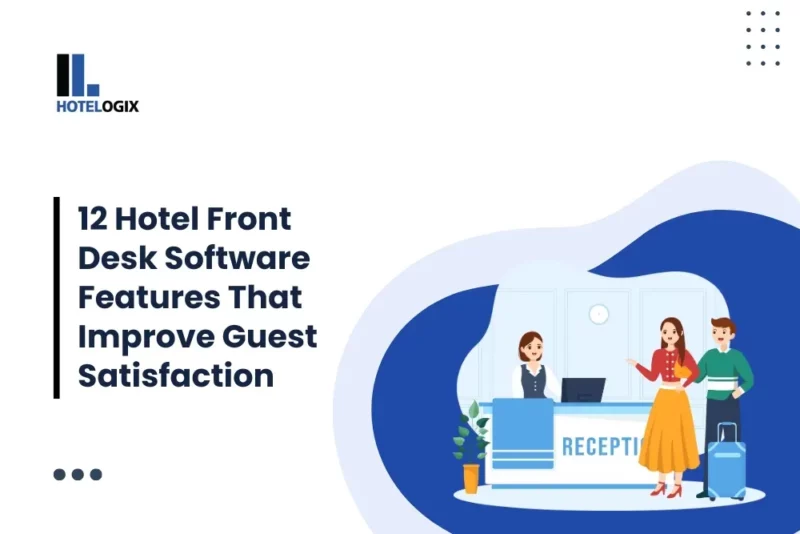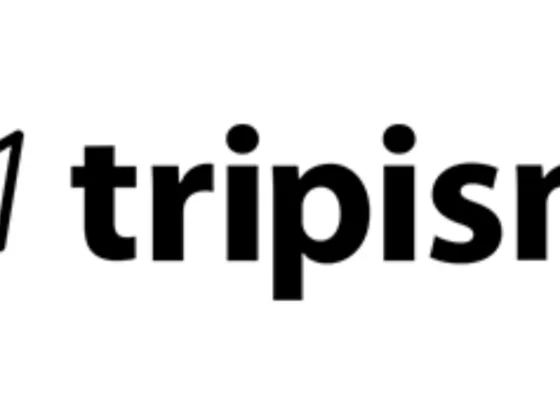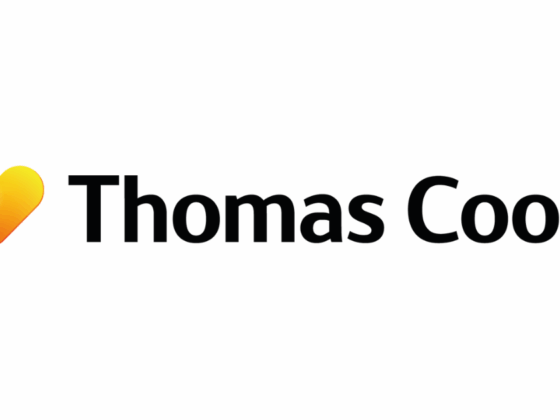
In the heart of the UK’s rural landscapes, smaller businesses and holiday lets face a recurring challenge: the off-peak season slump. As winter arrives, occupancy rates and average rental income dip, and cash flow tightens, leaving many owners searching for strategies to weather the lean months. Does that ring a bell? Today, we’ll teach you how understanding and optimising the Average Daily Rate (ADR) can be a beacon of hope for your holiday let. Let’s dive in!
Table of Contents
The Off-Peak Puzzle: Rooms sold, Occupancy Rate and Total Revenue
For holiday lets in rural areas, the off-peak season can bring about a significant slowdown in business, where the occupancy diminishes. With fewer travellers venturing out, the competition for the ones that do can be fierce. It’s a time when every booking counts, and maximising revenue and working on increasing the average daily rate becomes crucial. During this period, property owners must get creative with their marketing strategies, targeting niche markets or offering special promotions to attract guests. Emphasizing the unique experiences that can only be found in their rural location, such as local festivals, nature hikes, or winter sports, can set them apart from competitors. Additionally, enhancing the guest experience with personalized services or amenities can lead to positive reviews and repeat business, further boosting occupancy rates even during slower months.
Understanding Average Daily Rate (ADR) in the Context of Holiday Lets in the Hotel Industry
At its essence, the average daily rate is a measure of the average revenue earned per rented room per night. It’s a critical metric for holiday lets owners, providing insights into pricing strategies and overall total revenue. In times when occupancy is low, ADR takes on an even greater importance, offering a pathway to increase revenue without necessarily increasing the number of guests.
The Average Daily Rate Strategy: Balancing Price, Value and Room Revenue
In rural areas, where seasonal demand fluctuates significantly, setting the right price can feel like walking a tightrope. Price too high, and you risk deterring the limited number of potential guests; too low, and you’re leaving money on the table, exacerbating cash flow issues. This is where a nuanced understanding of ADR can help. By analysing past performance data, market trends, and competitor pricing, holiday lets owners can find the sweet spot that attracts guests while also enhancing revenue. Here are some tips you can use in order to increase your occupancy rate during the off-peak season.
Tactics for Enhancing your Average Daily Rate in Low Season
1. Offer Package Deals and Experiences
One effective way to boost hotel ADR during slow periods is to offer package deals that include not just accommodation, but also unique experiences. Think local wine tastings, guided nature walks, or even a cooking class featuring local cuisine. These packages can increase the perceived value of a stay, allowing you to adjust your rates accordingly. By integrating these tailored experiences into your offerings, you not only enhance the guest’s stay but also create additional revenue streams. Partnering with local businesses for these activities can foster community relations and provide guests with an authentic local experience, further distinguishing your property from competitors. Moreover, such packages can encourage longer stays as guests seek to fully take advantage of the unique opportunities available, ultimately leading to a higher number of occupied rooms and average daily rate over time. Additionally, promoting these special packages through your marketing channels can attract new guests who are looking for more than just a place to stay, but an immersive experience in their destination.
2. Focus on Direct Bookings
While online travel agencies (OTAs) and platforms like Airbnb or Booking are indispensable in the modern hospitality landscape, direct bookings eliminate commission costs and offer more control over pricing. Enhancing your website, optimizing for SEO, and engaging with potential guests through social media can drive more direct bookings, positively impacting your room revenue. Additionally, offering exclusive deals or packages only available through direct bookings can also entice customers to book directly. Implementing a user-friendly booking system on your website that simplifies the reservation process can further enhance the guest experience and encourage direct engagement, getting a higher number of available rooms occupied.
3. Implement Dynamic Pricing
Dynamic pricing involves adjusting your room rates in real-time based on demand, seasonality, competition, and other factors. Utilising a pricing recommendation tool that collects and analyses market data can help you optimise your rates to ensure you’re capturing the maximum possible room revenue at any given time and improve your occupancy rate. On top of that, dynamic pricing allows for flexibility in responding to market conditions, enabling you to adjust prices as needed to attract more bookings during slower periods, maximise revenue during peak times and increase the number of occupied rooms. This proactive approach not only enhances your total revenue management but also supports the development of competitive pricing strategies that align with consumer expectations and market demand.
4. Target Niche Markets
Identifying and targeting niche markets can also help improve occupancy and boost your average daily rate. Whether it’s pet owners, cyclists, or remote workers looking for a scenic retreat, tailoring your marketing efforts to specific segments can attract guests willing to pay a premium for accommodation that meets their specific needs. Focusing on niche markets allows for a more personalized guest experience, which can significantly enhance customer satisfaction and loyalty. By offering specialized amenities and services tailored to the interests and needs of these segments, such as pet-friendly rooms, secure bike storage, or high-speed internet for remote workers, you can differentiate your property from competitors. This targeted approach not only increases the chances of getting more occupied rooms, and average rental revenue, but also encourages positive word-of-mouth and online reviews, further increasing your property’s appeal to potential guests in the hotel industry. Additionally, by understanding the unique preferences of these niche markets, you can develop targeted promotional campaigns and partnerships, further amplifying your reach and attractiveness to these specific groups.









